- Learning time
- 10 minutes
- First play time
- 40 minutes
Next Station: London
Designed by: Matthew Dunstan
Next Station: London is a flip-and-write game where players are building their own underground routes beneath the English capital. Each player creates their own bespoke map, building four distinct train lines that all score in the same ways.
Everyone receives a map sheet (broken into 13 regions) and one of the game’s four coloured pencils: the colour of the pencil denotes which line you build first. The map has four starting spaces for the four lines, and a whole bunch of other potential stations, marked by several symbols: square, triangle, circle, and pentagon.
A deck of line cards are shuffled and the top one is flipped over, revealing the first symbol you must travel to from your starting point: everyone draws a line on their sheet to a station with the matching symbol: this is the first section of your first line! Then another card is flipped, revealing a new symbol, and you can connect a new station from either end of your fledgling tube line. More cards are flipped as the line expands (including the possibility of an otherwise-illegal branch line) and when the fifth pink symbol card is revealed, the current round ends: players swap pencils and a new round begins with everyone drawing their second line, and then their third and finally fourth.
Next Station: London has a couple of catches. Your lines can connect through stations, but may not otherwise cross one another on the map. You gain bonus points for visiting the starred ‘tourist destinations’ on the map. But the biggest catch is the two other ways to score points seem to pull you in different directions: round by round your lines score for the number of regions they visit multiplied by the number of stations in a single region: covering a lot of distance and having numerous stations in one of them is a big points haul. But at game end you also score for how connected your lines are: two lines meeting at a station is worth two points, but three lines is worth 5 and all four lines converging at the same station is worth 9!
When all the points are totalled, the player with the most points wins.
The guru's verdict
-
Take That!
Take That!
Fans of steel and shield look away now: there is no direct interaction between players at all
-
Fidget Factor!
Fidget Factor!
Minimal: everyone takes their turns at the same time
-
Brain Burn!
Brain Burn!
Low. Although there are decisions to be made, each card flip narrows the parameters of what you can do on each turn considerably.
-
Again Again!
Again Again!
Next Station London doesn't exactly reinvent itself with each play, but it's always a compelling little puzzle

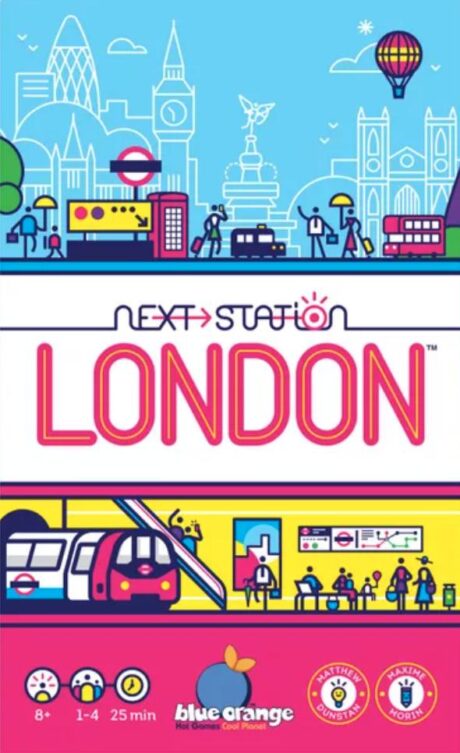

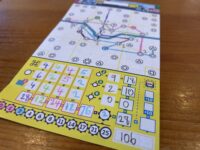

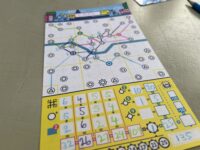



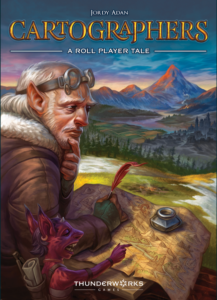
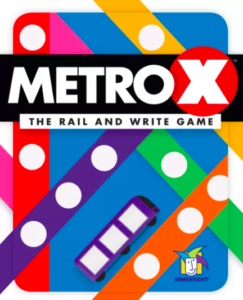
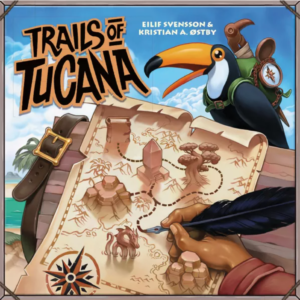
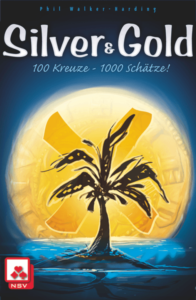

Sam says
Roll-and-writes, flip-and-writes, whatever-and-writes have become fairly ubiquitous in the last few years and I must admit after finding them fun initially I've cooled slightly. The appeal to me with the simpler iterations was the agony of options running out and hearing the gasps of despair around the table, punctuated by an occasional shout of joy. I still like Avenue for this, but if Next Station: London doesn't bump it from a list of favourites, it comes close. If it lacks the high drama of Avenue's finale, it gives you more control over your destiny and a sense of strategic options: go big each round, or cramp the lines together to maximise those connections? While I generally prefer more interactive gaming experiences, it's not entirely at the expense of canny little puzzles - and NSL is certainly one of those.